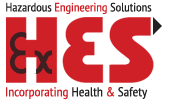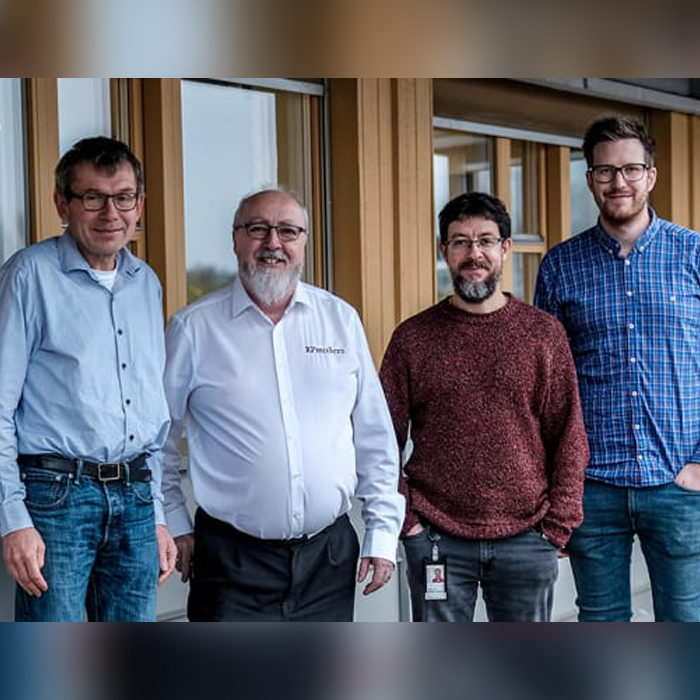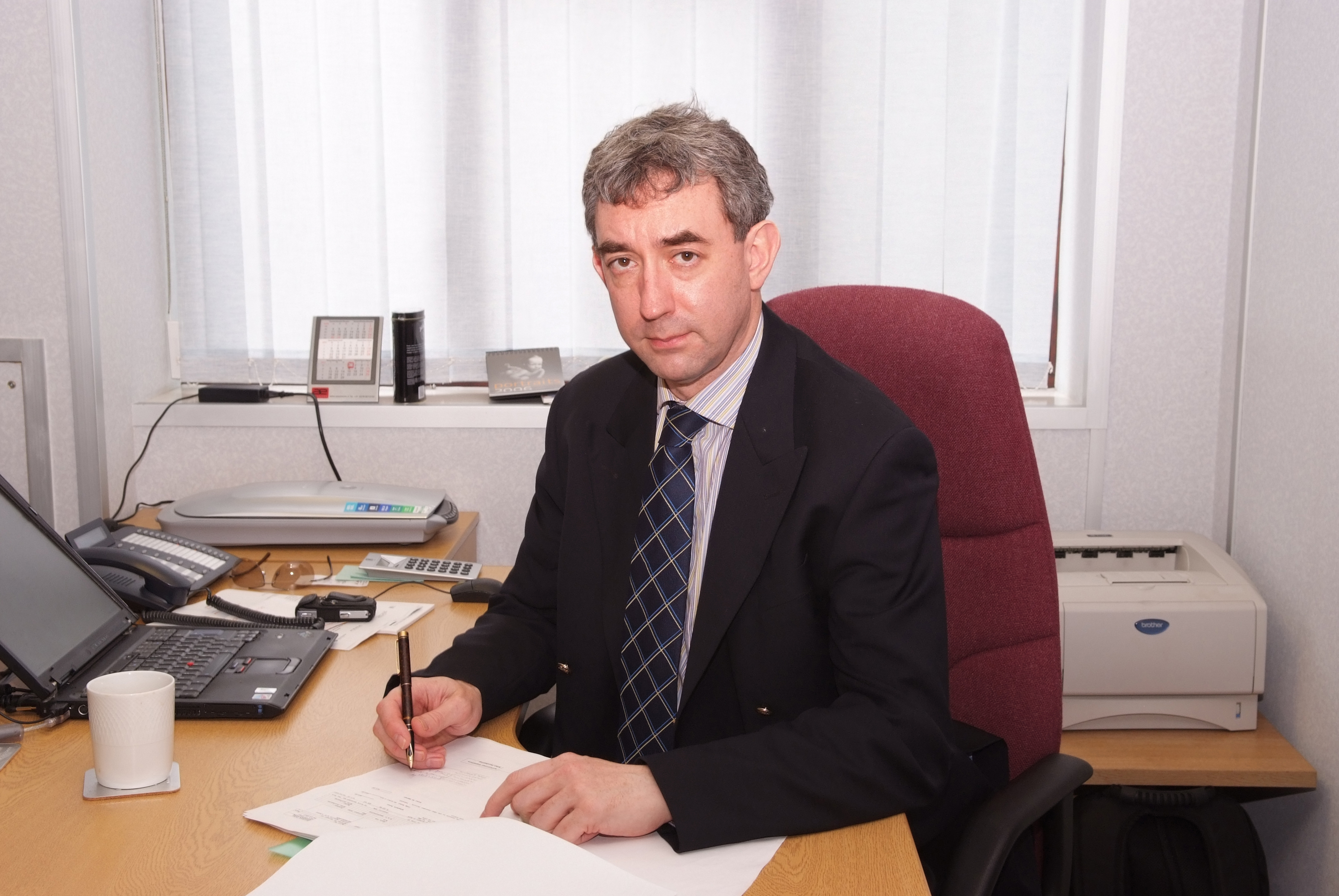Expert Interview with David Lenden, Director of RPmatters Can you give me some background on your company and what it does?
We are a small business based in the South West of the UK (specifically Plymouth) that has been operating for over ten years. We provide general radiation protection advice and support across numerous sectors; including, but not limited to, Radon measurement. As an accredited Radiation Protection Advisor and Chartered Radiation Protection Professional I can, and do, provide advice and support to individuals, housing associations, companies and schools etc. for compliance with legislation relating to ionising radiations; this includes Radon. Although this is not unique, we do provide a service that has been identified by our clients as much more approachable, pragmatic and comprehensive than others. A company supplying detectors doesn’t usually have an RPA, the legal appointed professional, required to comply with UK occupational regulations above 300 Bq/m3.


 A FEELING FOR WHAT’S LIKELY TO FAIL.
A FEELING FOR WHAT’S LIKELY TO FAIL..jpg) As assets become smarter and CMMS/EAM packages become more integrated across various asset classes within a manufacturing company, responsibility for facility management (including facility maintenance) has become spread over multiple departments. Historically, facility and plant maintenance were the sole responsibility of the Maintenance Department which ultimately reported to the Plant Manager or Works Manager.
As assets become smarter and CMMS/EAM packages become more integrated across various asset classes within a manufacturing company, responsibility for facility management (including facility maintenance) has become spread over multiple departments. Historically, facility and plant maintenance were the sole responsibility of the Maintenance Department which ultimately reported to the Plant Manager or Works Manager.  It is common knowledge that a range of Condition Monitoring (CM) techniques are available such as Vibration Analysis, Oil & Wear Debris Analysis, Thermography and Acoustic Emission. Each of these techniques has its own particular areas of strength and in this regard the Acoustic Emission (AE) technique has the noted advantage of giving real time information with early sensitivity to faults and applicability to a wide range of rotational speeds including slowly rotating (source : ISO 22096).
It is common knowledge that a range of Condition Monitoring (CM) techniques are available such as Vibration Analysis, Oil & Wear Debris Analysis, Thermography and Acoustic Emission. Each of these techniques has its own particular areas of strength and in this regard the Acoustic Emission (AE) technique has the noted advantage of giving real time information with early sensitivity to faults and applicability to a wide range of rotational speeds including slowly rotating (source : ISO 22096). A very important part of a cost-effective preventive maintenance program is what I call the route-based activity. These are activities that are easiest to do, and to administer, if they are presented in a list. This list can be presented in electronic format or in a paper format and includes such activities as lubrication and inspections by maintenance craftspeople and equipment operators. There are two major things that surprise me regarding these basic preventive maintenance activities:
A very important part of a cost-effective preventive maintenance program is what I call the route-based activity. These are activities that are easiest to do, and to administer, if they are presented in a list. This list can be presented in electronic format or in a paper format and includes such activities as lubrication and inspections by maintenance craftspeople and equipment operators. There are two major things that surprise me regarding these basic preventive maintenance activities: